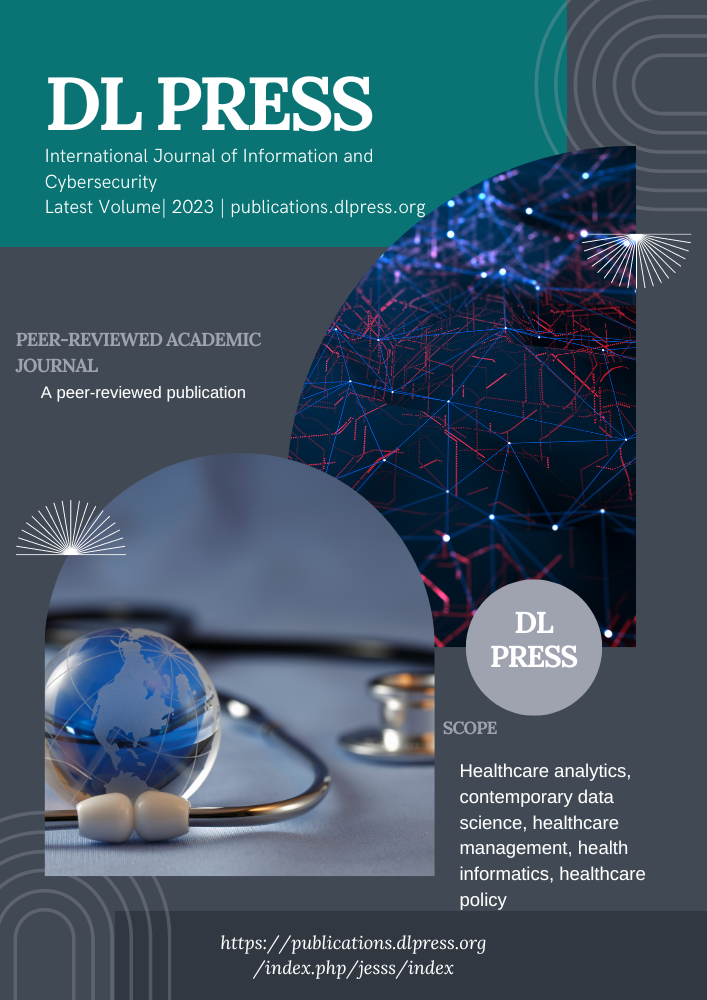Predictive Modeling of Adverse Drug Reactions using Machine Learning and FAERS Data: A Case Study in Healthcare
Main Article Content
Abstract
Predictive modeling of adverse drug reactions (ADRs) has gained significant attention in healthcare research, leveraging machine learning techniques and the FDA Adverse Event Reporting System (FAERS) data. This study presents a comprehensive case study that demonstrates the application of machine learning algorithms to predict and identify potential ADRs associated with specific drugs or drug combinations.The research methodology encompasses several stages, starting with data collection from the FAERS database, which contains reports on adverse events submitted by healthcare professionals, consumers, and manufacturers. Additional information on drugs, patients, and adverse events is gathered to enhance the dataset's comprehensiveness.To ensure the data's suitability for machine learning algorithms, a thorough data preprocessing phase is conducted. This involves data cleaning, handling missing values, removing irrelevant or redundant features, and performing necessary transformations or feature engineering.Feature selection techniques are then applied to identify the most informative variables from the dataset. Statistical tests and information gain methods are employed to determine the most relevant features, essential for building an effective predictive model.
Various machine learning algorithms, including decision trees, random forests, support vector machines (SVM), and neural networks, are employed for model development. The dataset is divided into training and testing sets, with the former utilized for model training and the latter used to evaluate the model's performance.Model training and validation entail optimizing the selected machine learning algorithm's hyperparameters and assessing the model's generalization ability through techniques like k-fold cross-validation to mitigate overfitting.The trained model's performance is evaluated using standard classification metrics, including accuracy, precision, recall, F1 score, and area under the receiver operating characteristic curve (AUC-ROC). These metrics provide insights into the model's accuracy in predicting ADRs.Once the model demonstrates satisfactory performance, it can be deployed in real-world healthcare settings, potentially integrated into clinical decision support systems, electronic health record systems, or other relevant platforms.Continuous model monitoring is crucial to ensure ongoing accuracy and performance. Feedback from healthcare professionals and additional data collected during clinical practice are valuable resources for refining the model and improving its predictive capabilities.It is important to acknowledge that predictive modeling of ADRs using machine learning is a complex and evolving field. The success of the model relies on data quality, feature selection, algorithm choice, and continuous refinement. Domain expertise and collaboration between healthcare professionals and data scientists play a vital role in achieving reliable and actionable results.
